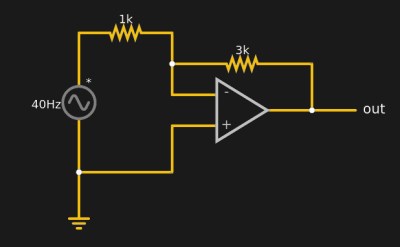Sad news from Mars, where the InSight lander’s “mole” was officially declared dead. The self-drilling probe, the centerpiece of the Heat Flow and Physical Properties Package (HP3) experiment, was designed to ram itself 5 meters into the Martian regolith while deploying a sensor-laden tail. The mole would then explore heat flow from within the planet. But the unexpected properties of the soil beneath the lander, including lower-than-expected friction on the hull of the mole and a cement-like “duricrust” layer, confounded the probe’s downward progress for the last two years. We covered the design of the mole, which is similar to an impact drill, as well as the valiant efforts to save the mission, but after one last try on January 9 where the mole gave 500 more whacks without any progress, controllers threw in the towel. It just goes to show that space travel and exploration are anything but routine, and that there’s far, far more we don’t know about even our nearest solar neighbor than what we do know.
Sad news, too, from closer to home, this time — Ohio, to be exact: the 2021 Hamvention has been canceled. It’s not exactly a surprise given the ongoing COVID-19 pandemic, but it’s still a blow to have ham radio’s biggest party canceled for two years running. We expect a lot of cons and meetings will suffer a similar fate in 2021. We’ll be sure to bring you any announcements we hear about.
One event that hasn’t been canceled is iQuHACK, a quantum hackathon hosted by MIT. We don’t pretend to fully understand quantum computing, or even to have scratched the surface of the subject in any meaningful way. Following up on what comes out of iQuHACK after it runs next weekend might be interesting for the quantum-curious, though. But really, just the fact that we’re in an age where quantum hackathons are a thing is pretty cool.
Back on the COVID-19 theme, managing editor Elliot Williams gave us the heads up on a story about gorillas at the San Diego Zoo Safari Park testing positive for the virus. It’s not exactly surprising that some of our evolutionarily closest relatives would be susceptible to the disease, and it’s not exactly a funny story, but the conversation in the morning meeting at the zoo must have been priceless:
“Hey, that gorilla looks sick. We’d better test him for COVID.”
“Yeah, probably. Here’s the brain-tickling swab, you go stick it up his nose.”
“Nu-uh, you stick it up his nose!”
“Nope. Hey, where’s the intern?”
And speaking of dangerous work environments, behold yet another classic of corporate safety propaganda: The Color of Danger. Like Shake Hands with Danger, this film was produced by heavy equipment manufacturer Caterpillar. But this time, instead of concentrating on the various opportunities maintaining heavy equipment presents for traumatic amputations, the subject matter is forklift safety. We’ve spent a fair number of hours in the driver’s seat of a lift truck, so we know full well how quickly things can go wrong, and this film does a great job of showing a lot of them. But what you’ve got to admire is the trick driving and stunt work that went into these vignettes; not too many people can pull off forklift drifting safely (12:30), and putting the truck in the drink without drowning was a neat trick (13:00). And of course, with any film on forklift safety, we’d be remiss not to tip our hardhat to Staplefahrer Klaus and his oft-bloodied co-workers.


















